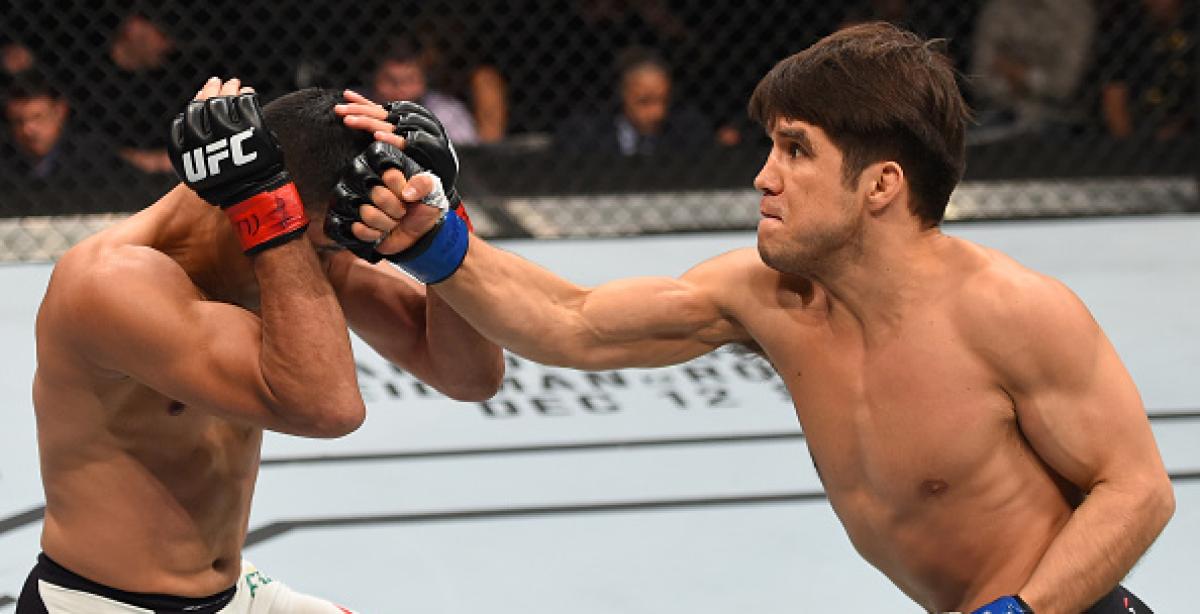Shortly into his title fight against the most dominant champion in the history of the UFC, Henry Cejudo rolled his ankle. This was not any more helpful than it looks. Cejudo lifted his left leg to step forward but his foot didn’t cooperate, almost as if it were fighting the fact that he was in the cage against a man who had steamrolled him in half a round just two years prior. When he put his weight forward, Cejudo’s toe dragged on the mat. I will confess that I’m not sure what happened for the next 10 seconds or so because I was wincing in vicarious psychosomatic pain. When his ankle contorted the wrong way a second time, both painful experience and the sharp biting sensation in my ankle—a sympathetic pang from a not-dissimilar injury—told me it would be over soon. It had to be.
Ankles are strangely poetic as joints go. Athleticism in any sport that requires bipedalism depends almost entirely upon the flexible capacity of the ankle, without which fast-twitch agility and general explosiveness would be grounded in horizontal limits. Yet the ankle’s astonishing and vital functionality is also its vulnerability. Its ability to grant special, spectacular movement leaves it open to bend grotesquely in any number of opposite directions, to push too far past its natural range of motion. There is a safe sort of comfort in the stillness of a fixed joint. An ankle that’s doing too much is an ankle at risk…
Like

